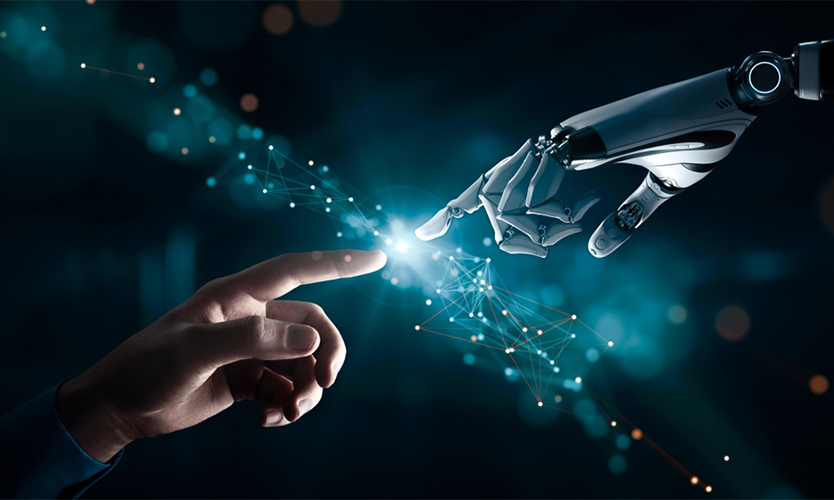Viewpoint: Tech demands human touch
- May 18, 2025
- Posted by: Web workers
- Category: Workers Comp

Technology is reshaping daily routines, including how we check in for flights, check out at grocery stores and drive cars. But to get the most out of technology, people need to be part of the process.
On a recent trip, my family and I found ourselves in a very long TSA line. Like many travelers, we were juggling multiple carry-on bags, photo IDs and phones with electronic boarding passes. To avoid dropping anything, my wife put her ID and phone in her pocket. When we reached the TSA agent, she took out her phone and was met with the message: “Your cancellation request has been successful.”
Yes, she had managed to cancel our entire trip home — right from the pocket of her skirt. It didn’t matter that we were already checked in for the flight and less than an hour from departure. Fortunately, at the gate, a quick-thinking airline employee was able to rebook us on the same flights, even if not in the same seats. We’re still baffled as to how an airline app or phone could be designed in a way that random taps might cancel an entire reservation. Think of all the parents who hand their phones to children while waiting in line at the airport. It shouldn’t be that easy.
Self-checkout at grocery stores is more complicated than it seems. During the COVID-19 pandemic, the number of these kiosks increased, likely to reduce human contact and boost efficiency. Now, my local grocery store limits self-checkout to 20 items or fewer, while some other stores have completely shut them down. In August, the city of Long Beach, California, went as far as passing an ordinance that requires grocery and drug stores with self-service checkouts to restrict sales to 15 items or fewer and to keep staffing ratios proportional to the number of kiosks in use. While some argue that these rules hinder innovation, others see them as necessary to prevent retail theft and to protect workers.
Which brings us to cars. When driving, I’m supported by a multi-angle rearview camera, steering and braking assistance if the vehicle unexpectedly drifts out of the lane, and a collision warning system. No doubt, these features help keep the vehicle, its driver and passengers safe, preventing many accidents. They may also help keep car insurance costs affordable. But will my teen driver get distracted by these alerts and still develop his own driving skills and judgment? With technology intervening so often, will he become too reliant on it, potentially ignoring instinct and awareness? Striking the right balance between safety and skill-building feels more important — and more complicated — than ever.
As we report here, AI accelerates hiring processes by automating tasks like resume screening and candidate ranking. However, concerns about potential bias persist if algorithms are not properly designed and trained. Employers using AI tools should conduct regular audits and understand what’s inside the black box.
Technology is making our lives easier and safer, but it works well only if the systems are carefully designed. That means people have to be involved, too.



